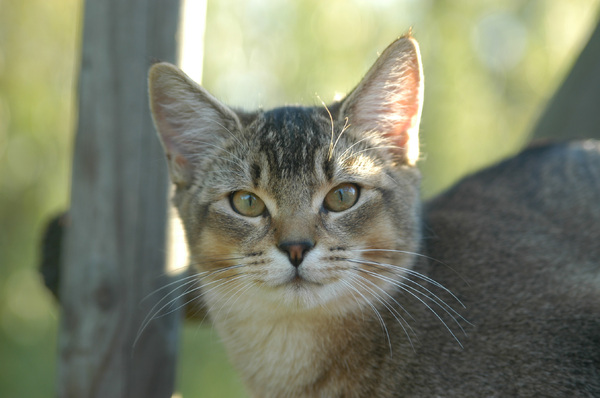
Cat litter and litter boxes play an essential role in the lives of both felines and their owners. From the simple starts of sand and soil to the ingenious advancements of today, the world of cat litter has actually progressed significantly. In this extensive guide, we dig into every element of cat litter and litter boxes, exploring their history, types, advantages, challenges, and everything in between.
The history of cat litter dates back centuries, with ancient civilizations using sand, soil, and even ashes as primitive litter materials. However, it wasn't until the mid-20th century that contemporary cat litter as we understand it emerged. In 1947, Edward copyright introduced the world's very first industrial cat litter made from absorbent clay, changing the method felines relieved themselves inside. Ever since, cat litter has undergone numerous transformations, with the introduction of clumping litter, silica gel litter, biodegradable options, and more.
Today, feline owners are ruined for option when it pertains to picking the best litter for their feline companions. Conventional clay litter remains popular for its cost and effectiveness in absorbing odors. Clumping litter, which forms strong clumps when wet, streamlines cleansing and maintenance. Silica gel litter, composed of highly absorbent silica crystals, offers remarkable smell control and durability. Naturally degradable choices, such as recycled paper, wood pellets, corn, and wheat, attract environmentally conscious customers.
Each kind of cat litter provides unique advantages. Clay litter masters its capability to take in moisture and self cleaning cat litter box control smells, making it a trusted option for numerous cat owners. Clumping litter streamlines everyday scooping and extends the time between complete litter modifications. Silica gel litter offers exceptional smell control and can last longer in between replacements. Biodegradable litters offer a sustainable option that lessens environmental effect.
While cat litter improves indoor feline hygiene, it is not without its obstacles. Dust from clay litter can present respiratory threats for both cats and humans, triggering the popularity of dust-free options. Some cats might establish litter box hostility due to problems with texture, aroma, or cleanliness, necessitating experimentation with various cat litter box furniture litters and box configurations. Multi-cat households might require tactical litter box placement and regular maintenance to avoid territorial conflicts and ensure all felines have access to tidy facilities.
Picking the appropriate litter box is necessary for promoting positive litter box routines and general feline wellness. Elements to think about include size, availability, and design choices. Covered litter boxes supply privacy and aid contain smells, but some felines may find them restricting or intimidating. Open-top litter boxes use easy gain access to and visibility but might result in more litter scatter. Automatic self-cleaning litter boxes simplify maintenance however need regular tracking and upkeep.
Appropriate litter box upkeep is important for making sure a clean and welcoming environment for both felines and their owners. Daily scooping eliminates waste promptly, reducing smell and preventing litter box aversion. Regular litter replacement, normally every 1-2 weeks, prevents bacterial accumulation and keeps optimal absorbency. Extensive cleansing with mild cleaning agent and water, preventing harsh chemicals that may prevent felines from using the box, must be carried out monthly.
Cat litter and litter boxes play a Modern Litter Boxes central role in promoting a healthy and unified relationship between cats and their human companions. With a varied selection of litter options and litter box designs offered, feline owners have the versatility to customize their choices to suit their cats' choices and family requirements. By understanding the evolution, types, benefits, and difficulties of cat litter and litter boxes, family pet owners can supply their feline good friends with a comfortable and hygienic indoor environment.